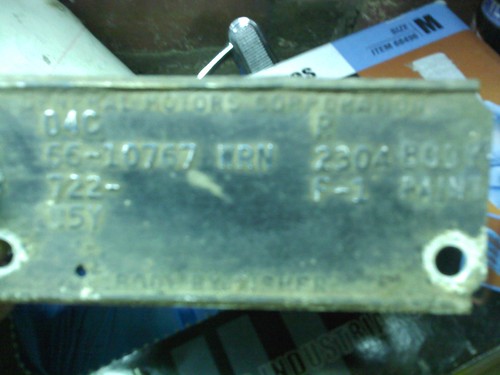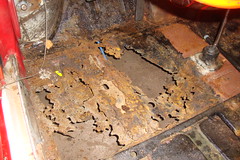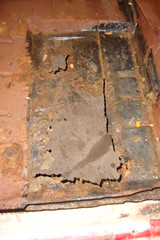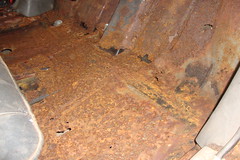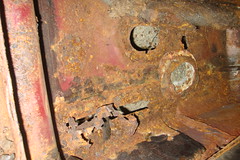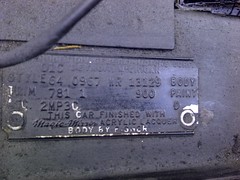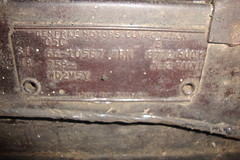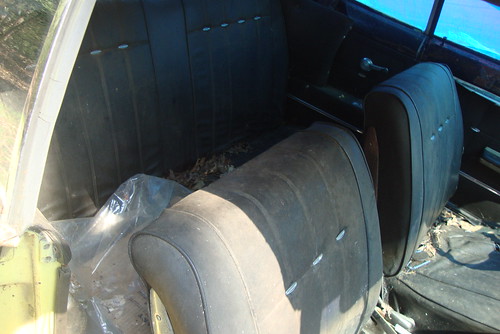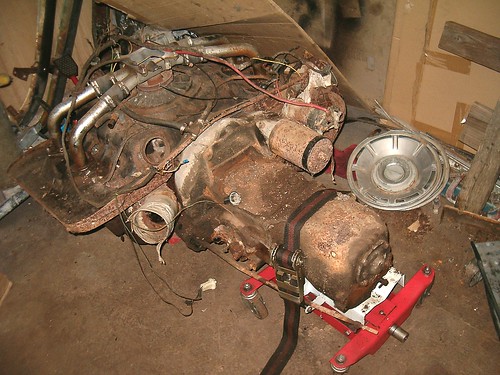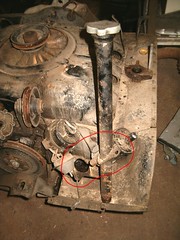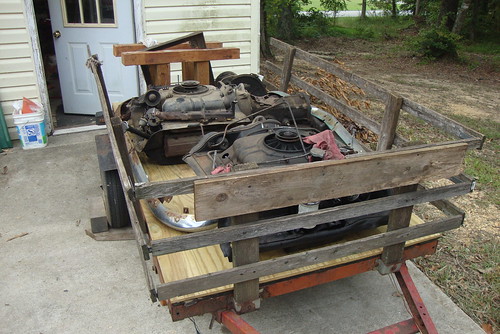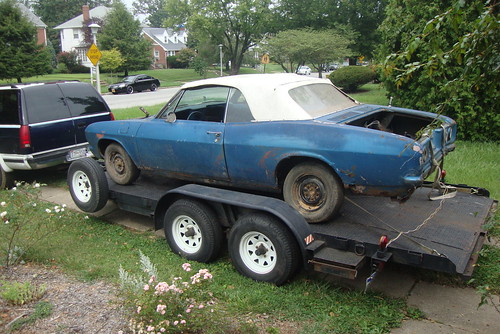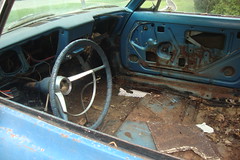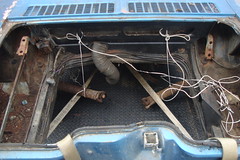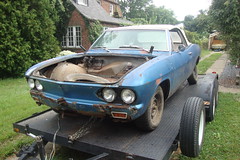The story behind Phil obtaining YellowVert is a typical Corvair story. Someone found out he was into ‘vairs, knew of one just sitting and told Phil, Phil knocked on the door, and the next thing he knew he’s just increased his collection by one. Also, like many of these tales, it appears he never went through with transferring the ownership of the vehicle (been there, done that). Now that I’m the new possessor of YellowVert, I’d like to have a valid title in my hand so whether I decide to sell or save the car, I can do it all as painlessly as possible.
All my dealings with Maryland’s Motor Vehicle Administration (MVA) have been fairly straightforward other than the two trailers I’ve titled (those are two interesting stories in themselves), but a cursory Googling showed my situation to be rather hopeless. I then sent the MVA an e-mail detailing my plight and asking for the contact information of the current registered owner. The gist of their response was: 1) due to MD privacy laws, they won’t be handing out any owner information; 2) the only way to get a properly assigned (to me) title in my situation is to obtain a Writ of Mandamus. The latter of which seems to be a type of Get Out Of Jail Free card compelling the MVA to ignore everything and just give me a title. It doesn’t really matter though, since the cost of a lawyer would far outweigh the current value of YellowVert. That’s what I told them in my reply. I also asked if they’d be able to forward a letter to the current owner asking him to contact me. That way I wouldn’t have his info, but he’d have my contact info. No response to that request yet.
If they shoot that down too, what am I to do? There is the Maine-way. Yes, the state of Maine has very lenient titling laws, and I could pay an online company $500 to get a Maine title in my name. I don’t think the car is worth $500 in its current condition though. It would be a real shame if this car gets cut up, but legally, I don’t think I have any recourse – at least not one I can afford. I am, however, still holding out hope that Phil’s widow can unearth the title as she was magically able to do with Wilma’s.
And now for something completely different. A buddy of mine has the entire back half of a Lakewood he’s been storing for many, many years. He’s offered it to me now that I’m the proud owner of Wilma. Rather than part it out, I’m toying with the idea of turning it into a trailer. Should I go enclosed or chop-top?




